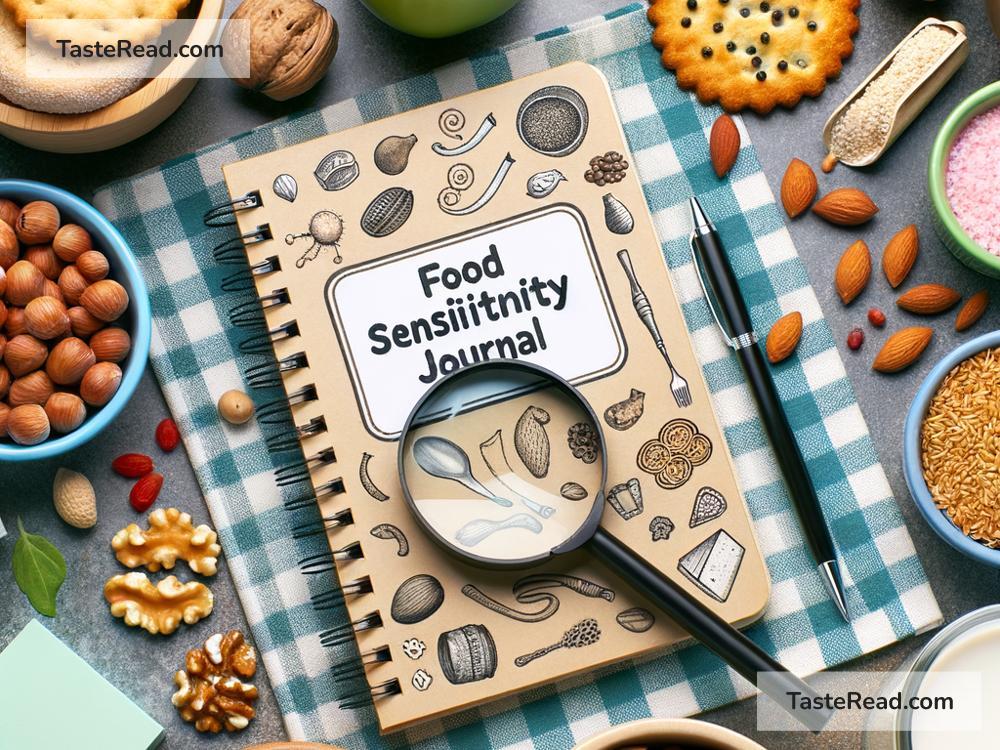How to Identify and Avoid Food Sensitivities
Food is such an important part of life. It gives us energy, brings people together, and can even improve our mood. But some foods don’t make us feel great, and over time, they might cause uncomfortable symptoms. If this happens, you could have a food sensitivity. Identifying and avoiding food sensitivities can make a big difference in your health and happiness. In this article, we’ll explain what food sensitivities are, how to spot them, and how to avoid them using simple steps.
What Are Food Sensitivities?
Food sensitivities are not the same as food allergies or food intolerances. Let’s break it down:
– Food allergies involve your immune system. A food allergy can cause severe reactions, like swelling or difficulty breathing.
– Food intolerances, like lactose intolerance, often involve trouble digesting certain foods.
A food sensitivity is different. It doesn’t usually cause an immediate or severe reaction. Instead, it might lead to symptoms like bloating, headaches, fatigue, or skin issues—sometimes hours or even days after eating the food. Food sensitivities can be tricky because symptoms tend to be mild but ongoing, making them hard to pinpoint.
Signs You Might Have a Food Sensitivity
There are many symptoms of food sensitivities, and they can differ from person to person. Common signs include:
1. Digestive Problems: Feeling bloated, gassy, or having constipation or diarrhea after eating certain foods.
2. Headaches or Migraines: Frequent headaches could be linked to a certain food in your diet.
3. Fatigue: If you often feel tired for no clear reason, food could be affecting your energy levels.
4. Skin Issues: Conditions like rashes, acne, or eczema may be connected to your diet.
5. Mood Changes: Anxiety, irritability, or feeling “off” can sometimes be a result of food sensitivities.
6. Joint Pain or Stiffness: Inflammation caused by food sensitivities can affect your joints.
If you notice these symptoms regularly, especially after eating certain foods, it may be worth investigating further.
How to Identify Food Sensitivities
Figuring out which foods are causing problems can take some time. Here are steps to help you identify food sensitivities:
1. Keep a Food Diary
Write down everything you eat and drink, along with how you feel afterward. Include details about symptoms, such as headaches, stomach pain, or tiredness. Over time, you may notice patterns. For example, you might always feel bloated after eating dairy or experience skin flare-ups after consuming sugar.
2. Try an Elimination Diet
An elimination diet is one of the most effective ways to identify food sensitivities. Here’s how it works:
– Remove common trigger foods from your diet for 2–4 weeks. Common culprits include dairy, gluten (found in wheat), soy, eggs, nuts, and processed foods.
– After the elimination phase, slowly reintroduce foods one by one. Wait a few days between reintroducing each food so you can notice any reactions.
– If your symptoms return after eating a particular food, that food might be a problem for you.
3. Consider Allergy and Sensitivity Testing
While not always necessary, working with a doctor or dietitian can help. They may recommend blood tests or other methods to identify food sensitivities. Keep in mind that testing results can sometimes be confusing or inconclusive, so it’s often best to combine testing with your food diary and elimination diet.
4. Work with a Professional
If you’re unsure or overwhelmed, a dietitian, nutritionist, or healthcare provider can guide you through the process. They can provide advice, create a plan tailored to your needs, and help you figure out which foods to avoid.
How to Avoid Food Sensitivities
Once you identify foods that cause problems for you, the next step is avoiding them. Here are some practical ways to manage your diet:
1. Read Ingredient Labels
Always check the ingredients on packaged foods. Hidden triggers like gluten, dairy, or soy can show up in unexpected places. Learn the different names for your trigger foods (for example, gluten can also be listed as “wheat flour” or “barley malt”).
2. Cook at Home
Preparing meals at home gives you complete control over what’s in your food. This makes it easier to avoid problem ingredients. Use fresh, whole foods when possible, and experiment with recipes to make meals enjoyable.
3. Find Substitutes
There are plenty of alternatives for common food triggers. For instance:
– Replace dairy with almond milk or oat milk.
– Use gluten-free bread or pasta if you’re sensitive to gluten.
– Try chia eggs or flax eggs instead of regular eggs in recipes.
4. Plan Ahead
When dining out:
– Look at the restaurant menu online before going, so you can find safe options.
– Ask your server if dishes can be made without certain ingredients.
Planning ahead can reduce the risk of accidental exposure to trigger foods.
5. Listen to Your Body
Your body is a great guide. If a new food makes you feel uncomfortable, reconsider eating it. Pay attention to how you feel during and after meals.
Final Thoughts
Dealing with food sensitivities can be frustrating at first, but identifying and avoiding triggers can greatly improve your quality of life. Start by keeping track of what you eat and how you feel. Use tools like an elimination diet to uncover problem foods. Most importantly, make changes that work for you and help you feel your best.
By being mindful and taking the time to understand your body, you can enjoy a diet that supports your health and happiness—without any unpleasant surprises from food sensitivities. Remember, the journey might take some time, but your well-being is worth the effort!


